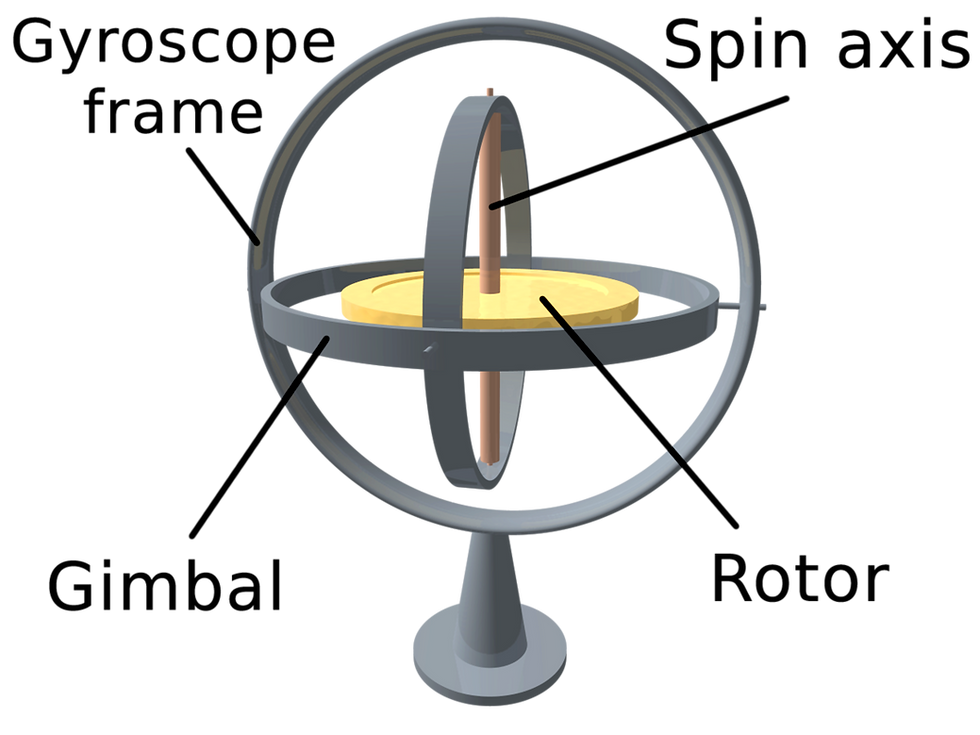What role does a tiny gyro sensor play in making last-mile delivery smarter?
- Anurag Kumar
- Sep 25
- 3 min read
How tilt and rotation data unlock insights that GPS and temperature sensors can’t provide.

It's the moment of truth. A customer receives their order, but the carefully plated meal is a mess--sauce spilt, a burger askew, a drink cup crushed. The customer blames the driver. The driver insists it was an accident. And you, the restaurant owner or delivery aggregator, are left trying to figure out who is responsible for the bad delivery.
What if there was a way to get the truth, not from a grainy dashcam, but from the delivery box itself?
This isn't a new product announcement. This is a question about the future of food delivery. What if a smart delivery container, already equipped with advanced temperature control and IoT technology, included a tiny, silent witness: a gyro sensor?
A gyroscope, or gyro sensor, is a device that measures the orientation and angular velocity of an object. In simple terms, it detects tilt and rotational movement. For a food delivery box, this means it could silently collect data on the quality of the journey: the angle of the box during a hard turn, the precise moment it was tilted or dropped, and the severity of a sudden stop.

Bringing Clarity to the Blame Game
Today, a “messed up” meal is a he-said, she-said problem. The driver might claim the food was packed poorly, while the restaurant points to the driver's handling. A gyro sensor could provide objective, irrefutable data.

For the Restaurant Owner: You could see if the box was held at an improper angle, indicating a potential handling issue. This data could protect your brand's reputation by verifying that the food left your kitchen in perfect condition.
For the Delivery Aggregator: This small piece of technology could be the key to resolving customer disputes. Instead of issuing a full refund and taking a loss, you could use the data to understand what happened. Was it a genuine accident? Or was it due to negligent handling?
For the Driver: This could be their best ally. If a delivery box remains perfectly stable throughout a trip, the data would prove they took the utmost care, protecting them from false accusations. It could even be a tool to highlight and reward the best drivers.
From Accountability to Actionable Insight
The true power of this technology lies beyond simply assigning blame. The data collected by a gyro sensor could transform your operations. Imagine:
Proactive Coaching: Identify patterns in driving behaviour. A driver who consistently has high tilt angles during turns could be offered targeted training to improve their delivery technique, preventing future incidents.
Root Cause Analysis: Go beyond a single complaint. Is there a specific route with a lot of sharp turns or bumps that causes problems? The gyro data, combined with GPS, could help optimize routes for safer, more stable deliveries.
Enhanced Service Quality: Ultimately, this "what if" scenario is about moving toward a new standard of excellence. It's about ensuring every customer experience is as good as the one intended in the restaurant kitchen.
While a gyro sensor may be just a small component, its potential impact on last-mile delivery is immense. It moves us from a world of assumptions and finger-pointing to a world of data-driven confidence, where every delivery is a transparent journey and every meal arrives as fresh and pristine as the moment it left the kitchen.



Comments